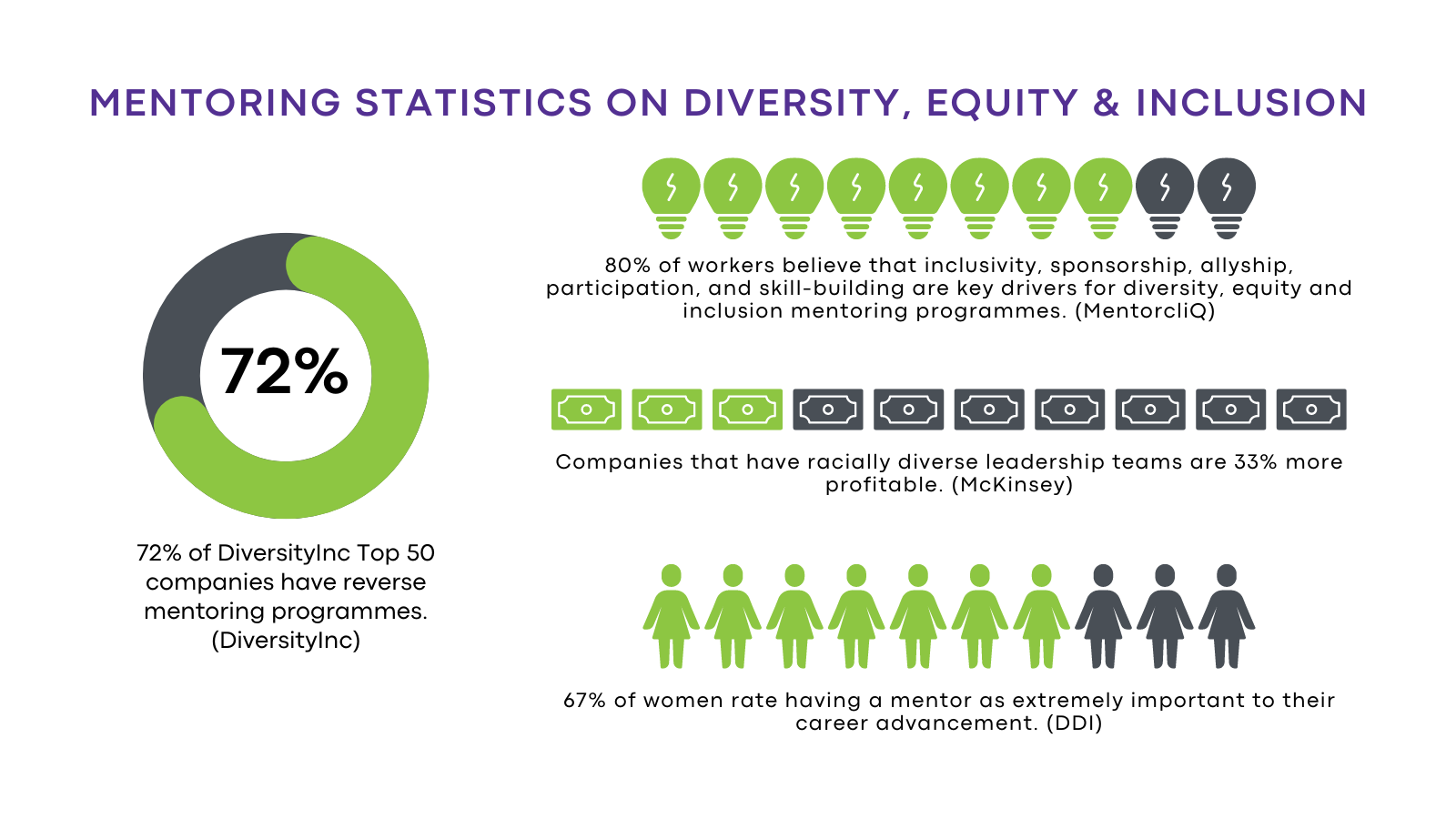Gender Inequality
Gender Inequality
Since Generations, gender equality has been a worldwide issue. The discrimination continues as males are being consistently privileged or prioritized over females. This caused women to endure many forms of unfair treatment, including age, race, or status in society, in addition to gender discrimination. Besides, women on average have lesser income than males for comparable work. Factors such as job segregation, prejudice, and limited access to high positions of leadership all contribute to this inequality. Violence based on gender, including domestic abuse, sexual assault, and harassment, continues to be an international concern.
In future, I hope gender equality has been achieved in all
areas of society. Women are equally represented in government, corporate
leadership, and the media, allowing for diverse perspectives and equal
decision-making. There is no wage gap, ensuring equal pay for equal work. I
hope education promotes gender sensitivity and challenges stereotypes,
providing equal access for all individuals. Society should aggressively combat
gender-based violence and harassment, creating safe environments for everyone.
Societal standards and gender stereotypes are questioned and dismantled,
valuing individual choices, strengths, and goals.
Policies and Legislation Promoting Gender Equality
Firstly, I strongly encourage for the adoption of policies and laws that ensure gender equality, particularly in terms of fair pay to both genders, equal representation, and the prevention of discrimination. It is crucial to encourage both organizations and governments to embrace practices that are responsive to gender issues and to actively support initiatives that seek to tackle the pervasive problem of gender inequality.
Promoting gender equality through comprehensive policies is essential in dismantling ingrained obstacles and guaranteeing equitable treatment and opportunities for individuals of all genders. This undertaking necessitates active advocacy, the involvement of decision-makers, and the cultivation of partnerships between various entities such as organizations, governments, and civil society to initiate legal modifications and effectively implement measures that promote gender parity.
Education and Public Awareness
Secondly, creating extensive educational initiatives that aim to advance gender equality by addressing and dismantling stereotypes and biases ingrained from an early stage. Encourage open and inclusive conversations about gender-related matters, offer a wealth of support materials for educators and parents, and establish strong partnerships with educational institutions to seamlessly incorporate curricula that foster sensitivity towards gender issues.
Promoting equality and challenging gender stereotypes heavily relies on education. To effectively bring about this change, it is imperative to collaborate with various stakeholders such as school boards, specialists in curriculum development, and educators. This collaboration is necessary to seamlessly incorporate content that is sensitive to gender issues, offer comprehensive training for teachers, and create resources that are suitable for children and their parents at different stages of development. By working together, we can ensure that education becomes a powerful tool in breaking down barriers and fostering equality.
Programmes for Empowerment and Mentorship
Lastly, providing mentorship and empowerment initiatives that cater to individuals belonging to marginalized genders, offering them the necessary assistance, direction, and opportunities for personal and professional development. These programs can concentrate on enhancing leadership abilities, teaching relevant skills, facilitating networking opportunities, and fostering inclusive environments conducive to better career growth.
Initiatives for empowerment and mentorship are essential in eliminating gender inequalities because they offer people the support and direction they need. In order to effectively implement these programs, it is vital to form strong partnerships with various organizations, establish extensive mentorship networks, offer ample resources for skills training, and create secure environments where individuals can connect and mutually support each other.
This topic has deepened my understanding of the challenges faced in the society of gender inequality and has emphasized the need for urgent and transformative change. It has reminded me of the importance of working together, implementing new policies, improving education, and engaging in activism to create a society that is more inclusive and fairer. Achieving gender equality requires the collective efforts of society to dismantle barriers and biases. This exercise has motivated me to contribute to the ongoing efforts to promote gender equality and has reinforced the importance of continuous advocacy and awareness in creating a future where everyone is empowered, respected, and valued, regardless of their gender.
Reference:
- SDG 5.C: Adopt and Strengthen Policies and Enforceable Legislation for Gender Equality | ICCROM | Our Collections Matter. (n.d.). https://ocm.iccrom.org/sdgs/sdg-5-gender-equality/sdg-5c-adopt-and-strengthen-policies-and-enforceable-legislation-gender
- Unesco. (2018, March 14). Gender equality through school: providing a safe and inclusive learning environment - Unesco. http://gem-report-2017.unesco.org/en/chapter/gender_accountability_through_school/
- Mentoring, M. (2022). The importance of mentoring in the workplace — Mowgli Mentoring | Unlocking opportunities for growth. Mowgli Mentoring | Unlocking Opportunities for Growth. https://www.mowgli.org.uk/blog/the-importance-of-mentoring-in-the-workplacenbsp



Comments
Post a Comment